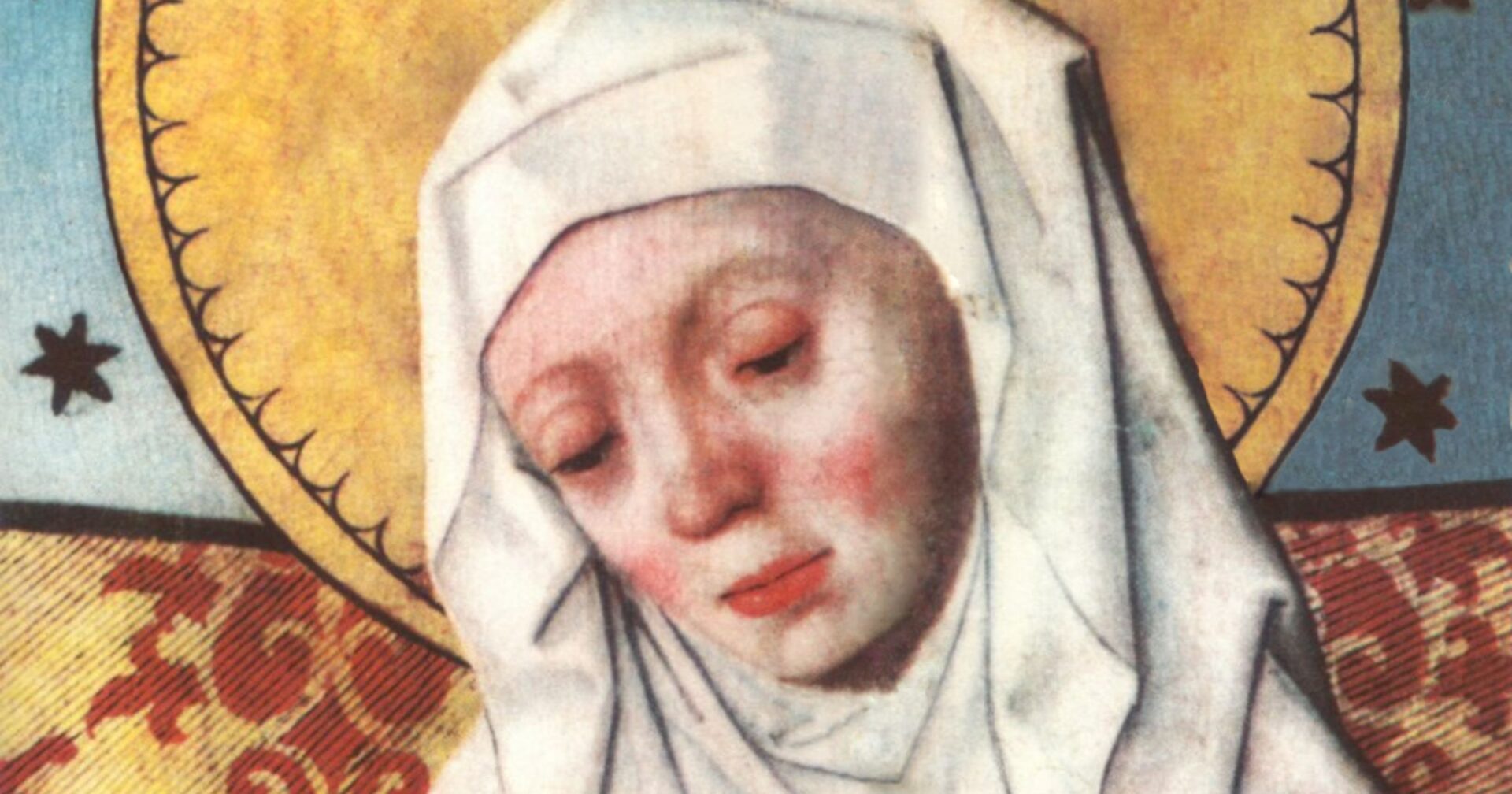
Saint Bridget, often referred to as Birgitta, was born in 1303, traditionally on June 14th, in Upland, Sweden’s primary province. Her father, Birger, was the governor of the region, while her mother, Lady Ingeborg of Finsta, was the daughter of the governor of East Gothland. Bridget’s spiritual life was greatly shaped by two visions she had as a child. When she was just seven, she had a vision where the Virgin Mary crowned her, and at ten, she had a dream of Christ, injured and bleeding, after listening to a sermon about the Passion.
When Bridget was 11, her mother died, and she went to live with her aunt. In 1316, despite her reservations, she married Ulf Gudmarsson in obedience to her family’s wishes. The couple had eight children – four boys and four girls. Tragically, two of their sons died young. Of the remaining children, Karl was worldly yet deeply devoted to the Virgin Mary. Birger, despite being married, later became his mother’s companion and escorted her body back to Sweden for burial. Three of Bridget’s daughters married and stayed in Swedish society, except for Ingebord, who became a Cistercian nun.
Twenty-eight years into their marriage, Ulf passed away, and Bridget was free to pursue the life of penance she had always desired. She moved near the Cistercian monastery at Alvastra, where she outlined the Rule and Office for a religious order she felt called to establish, though she would never live to see it come to fruition. Two years later, in 1344, Bridget moved to Rome, where she spent the rest of her life until her death in 1373. She was canonized as a saint just 18 years later in 1391.
Saint Bridget was known for her prophetic gifts and miraculous healings. Following her husband’s death, she led an ascetic life, marked by minimal eating, brief sleep, constant prayer, and rigorous adherence to a spiritual rule. She was dedicated to various forms of charity, even resorting to begging. She received numerous divine inspirations, either documented by her chaplain and translated into Latin as her ‘Revelations,’ or written as letters to popes, cardinals, and secular rulers of her time, urging them to reform their wicked ways. Throughout Sweden and Rome, Saint Bridget was either vehemently despised or revered as a saint. She was described as a ‘strong and full of courage’ woman who was ‘homely, kind, and had a laughing face.’
Today, the Bridgettine order of nuns, founded by Saint Bridget, exists without monks and is home to twelve convents. Syon Abbey in Devonshire, England, is the only religious house that has maintained an unbroken organic continuity since the Reformation. All Bridgettines pray for the restoration of their mother house at Vadstena in Sweden, which began after Saint Bridget’s death under the stewardship of her daughter, Saint Catherine of Sweden, and the patronage of a bishop who had been a tutor to Bridget’s sons. In line with their founder’s vision, the Bridgettines hold a special devotion to the Virgin Mary and the Passion of Christ.
Photo credit: Public Domain via Wikimedia Commons
The post Saint Bridget of Sweden appeared first on uCatholic.
Daily Reading
Tuesday of the Thirty-fourth Week in Ordinary Time
Reading 1 RV 14:14-19 I, John, looked and there was a white cloud, and sitting on the cloud one who looked like a son of man, with a gold crown…
Daily Meditation
Do Not Be Led Astray, Do Not Fear
Click here for daily readings In this somewhat confusing Gospel passage Jesus says two things in particular that stand out to me. “Take heed that you are not led astray”…




